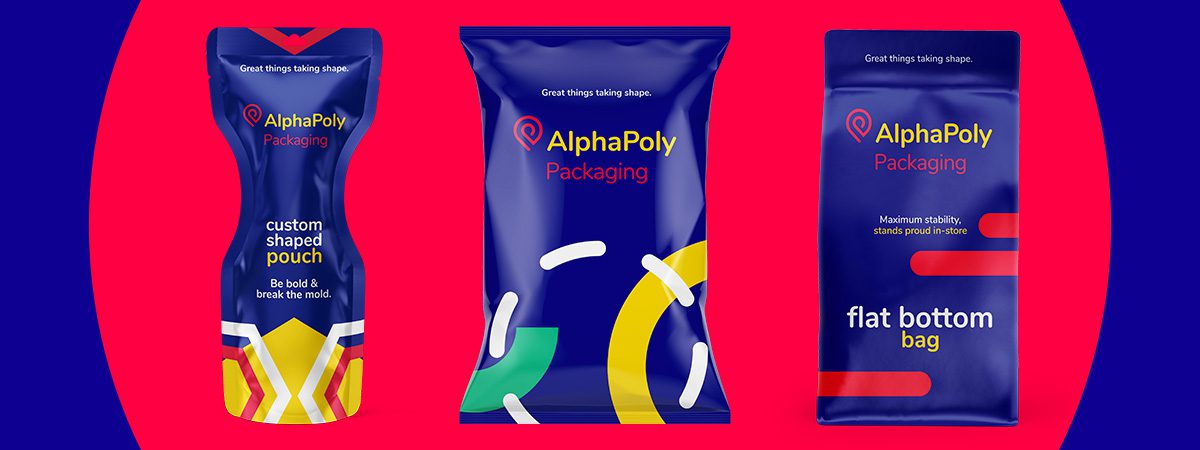
Problem Solved: Solutions Offered by Custom Packaging
Over the past decade, our industry has gotten a lot smarter. Custom packaging has totally revolutionized retail with solutions that are as brilliant as they are beautiful.
For a long time, sustainable product packaging didn’t make business sense. The cost of committing to a program was prohibitive because it’s not a one-and-done purchase. Eco-friendly packaging materials are constantly being improved, and so it became incumbent on product manufacturers who bought into the reduce/reuse/recycle mantra to consistently invest in new green packaging technology and constantly update their packaging.
But in 2020, most of those objections have been laid to rest. that committing to sustainability represents.
Before we get into the list, let’s first review the definition of eco-friendly packaging as put forward by the Sustainable Packaging Coalition:
Beneficial, safe and healthy for individuals and communities throughout its life cycle.
Meets market criteria for performance and cost.
Sourced, manufactured, transported and recycled using renewable energy.
Optimizes the use of renewable or recycled source materials.
Manufactured using clean production technologies and best practices.
Made from materials that remain non-toxic throughout the life cycle.
Designed to optimize energy in its development.
Effectively recovered and utilized in biological and/or industrial closed-loop cycles.
It’s a comprehensive list, and justifiably so. A company that pledges allegiance to the idea that we all have a part to play in the movement to be more eco-friendly should know how their efforts are helping the cause. But they should also know what they’re going to get out of sustainable packaging from a business standpoint, which is what this article will go through.
Top 7 Sustainable Packaging Advantages Beyond Environmental Impact
It’s nice to know that your switch to sustainable packaging will address issues like the 344 species that have been entangled in packaging so far, the percentage of landfill waste made up of packaging and the fact that the production of packaging is the main source of global air pollution.
But it’s nice to know these things too:
Sustainable packaging can lower your costs in the long run
Most people think going green will cost more because many of the more prominent industries work that way. The auto industry is a good example: eco-friendly vehicles are generally more expensive than their eco-neutral or environmentally damaging counterparts. According to Kelly Blue Book, the average cost of a gasoline-powered four-door sedan is $35,000 whereas the average cost of an electric vehicle is $55,000.
This is not the case in the world of sustainable packaging. The reduction in materials used to create the packaging lowers the manufacturing price. If you’re 100% committed to sustainable packaging, you’ll buy more often, but the unit costs can be lower if you find the right supplier. And the increase in business you’ll get simply by committing to sustainable packaging will more than make up for the increase in package orders (more on that later).
Sustainable product packaging is also generally lighter than non-eco-friendly packaging. This lowers the price you’ll pay for shipping in that you can move more product for the same amount of money.
Disposing of sustainable packaging is cheaper
If you’re producing anything, the Harvard Business Review estimates that roughly 15 percent of what you roll out will have at least one major defect. If you have a good QA process set up, you’ll catch most of it before you ship it out. But you’ll still have to dispose of it, which becomes much more affordable when your packaging is eco-friendly because you can recycle it in house.
Sustainable packaging can be a powerful customer acquisition and employee recruitment tool
All other things being equal, would you rather buy something that was packaged sustainably or packaged in an outdated, wasteful and ecologically damaging way? If you said the former, you’re part of the 42 percent (and growing) of US and UK consumers who actively seek out recyclable products and/or products that adhere to sustainability material trends when making day-to-day purchases. The news gets even better. The same research found that the percentage of people willing to pay more for sustainable products is growing: from under half in 2011 to almost 60 percent in 2018.
Also, Fast Company found something fascinating about millennials: 70 percent of them said they were more likely to choose to work at a company with a “strong environmental agenda.” A sustainable packaging strategy is proof positive of your commitment to a strong environmental agenda, and something easy to showcase at a trade show, a hiring fair or on the career page of your website.
And sustainable packaging could put you in stores you might not otherwise be in
Target and Walmart each have comprehensive sustainable product packaging guidelines they expect their vendors to follow. You can choose not to do it, but then they might (and probably will) exercise their right not to buy from you.
Committing to sustainable packaging gives you credibility
Sustainability is a conversation every industry should be having. A commitment to using eco-friendly packaging materials immediately gives your opinions more weight because you’re walking the walk, and might also get you invited to speak about your position on, experience with and benefits from sustainable packaging.
And that would put you in rarified space: a report from the Stern School of Business at New York University showed that sustainable products represent only 16.6 percent of the packaged goods market.
But most of all, sustainable packaging sets the right example for your industry
It shows your competitors, vendors, suppliers, partners, employees, service providers and customers that it’s possible to do right by the P&Ls and the planet. If you can do it, everybody can do it. And we can help you do it better.